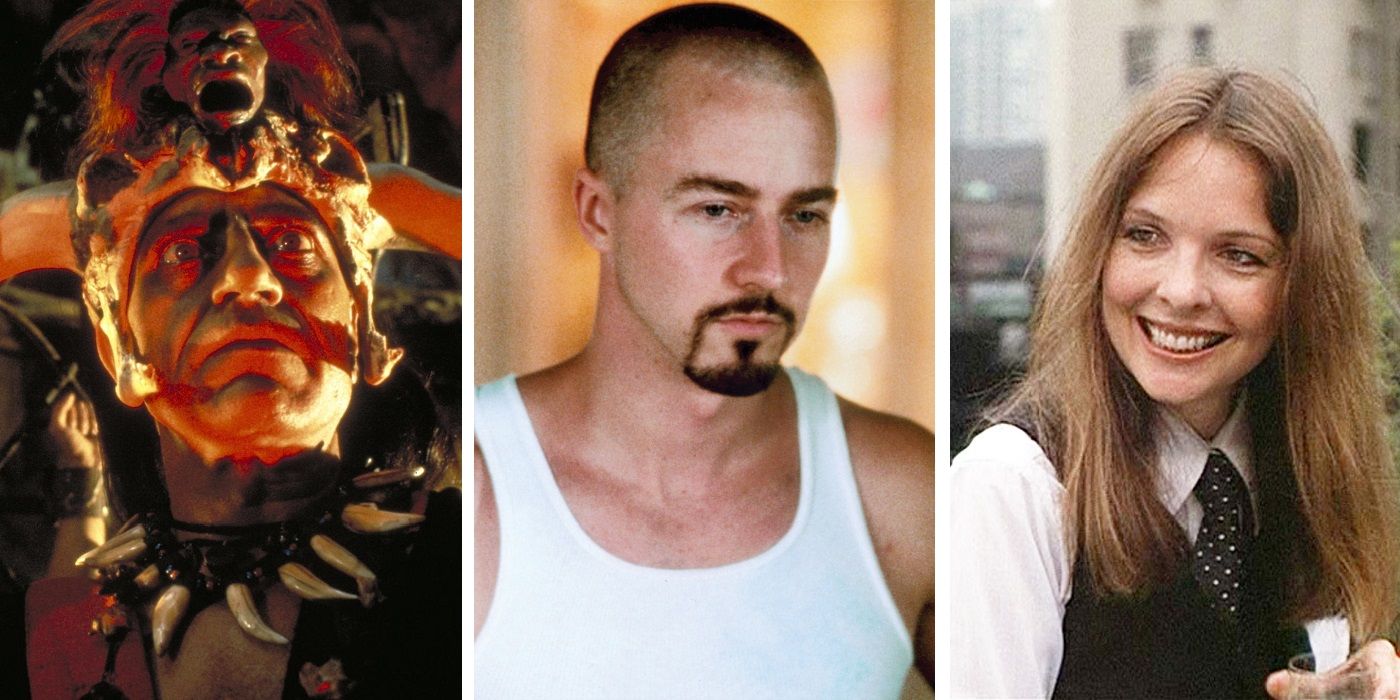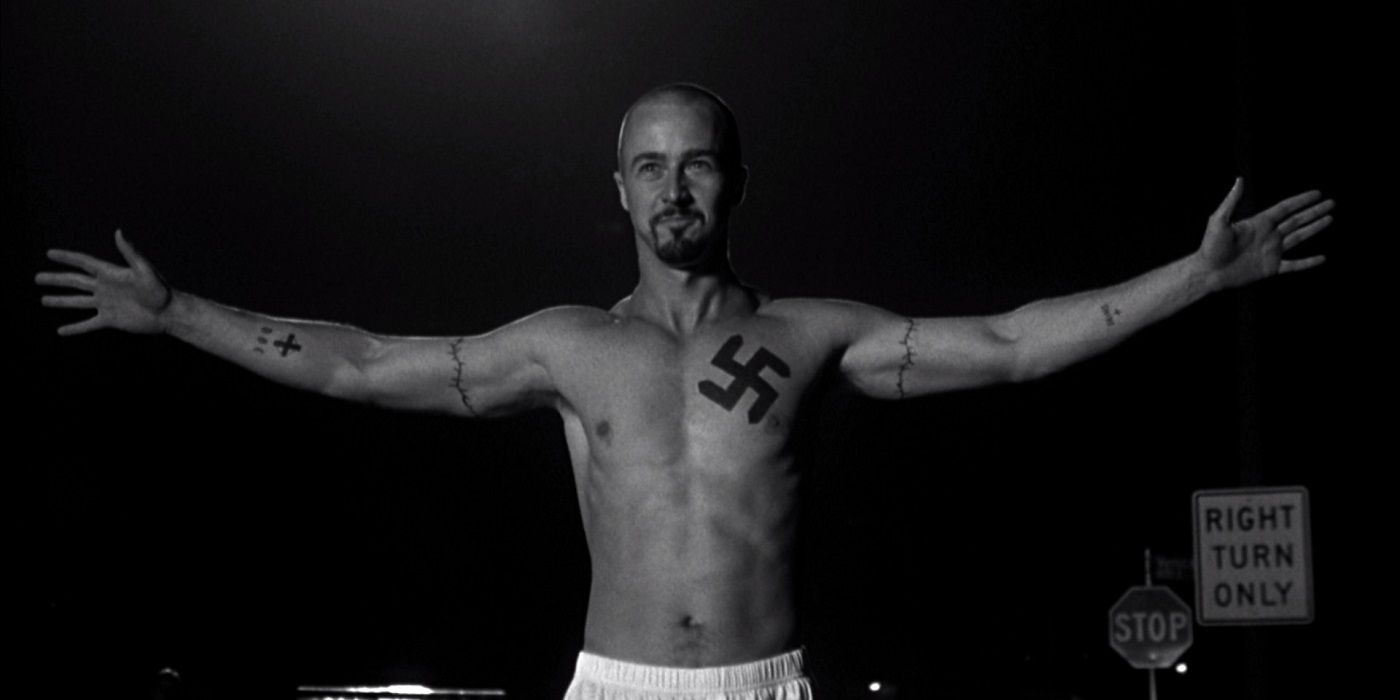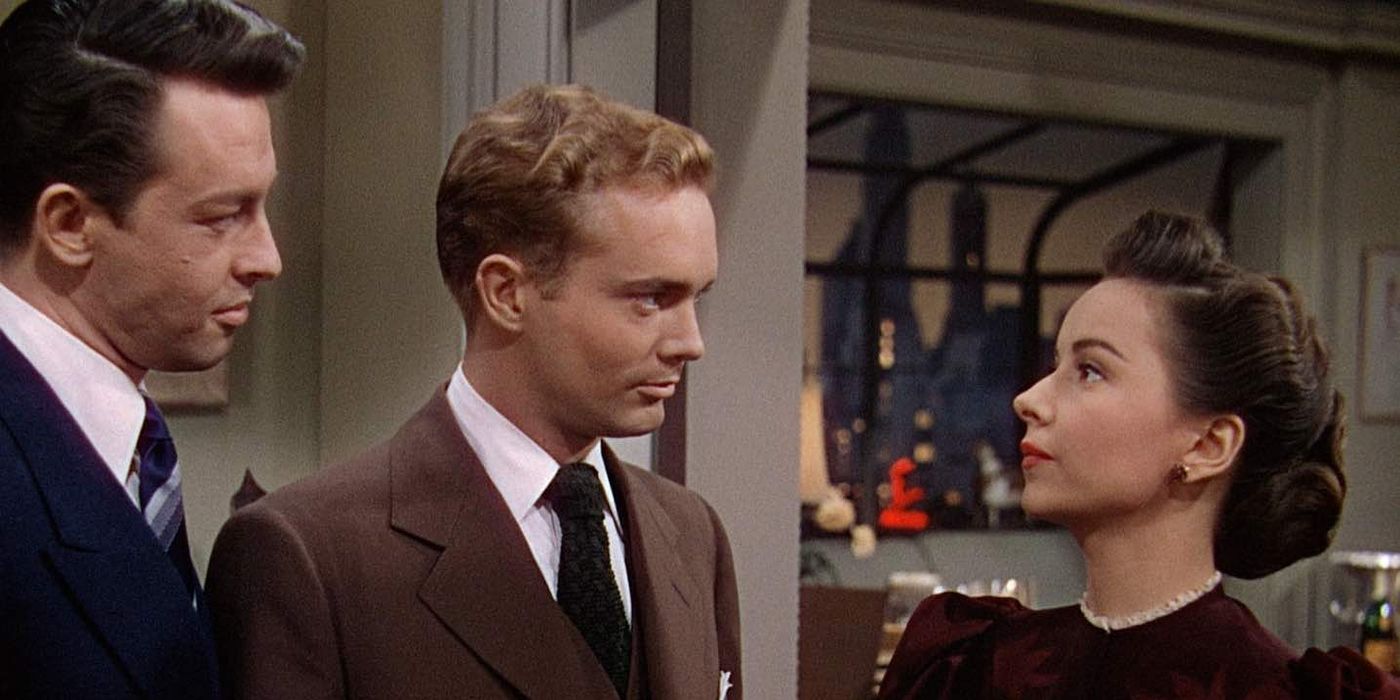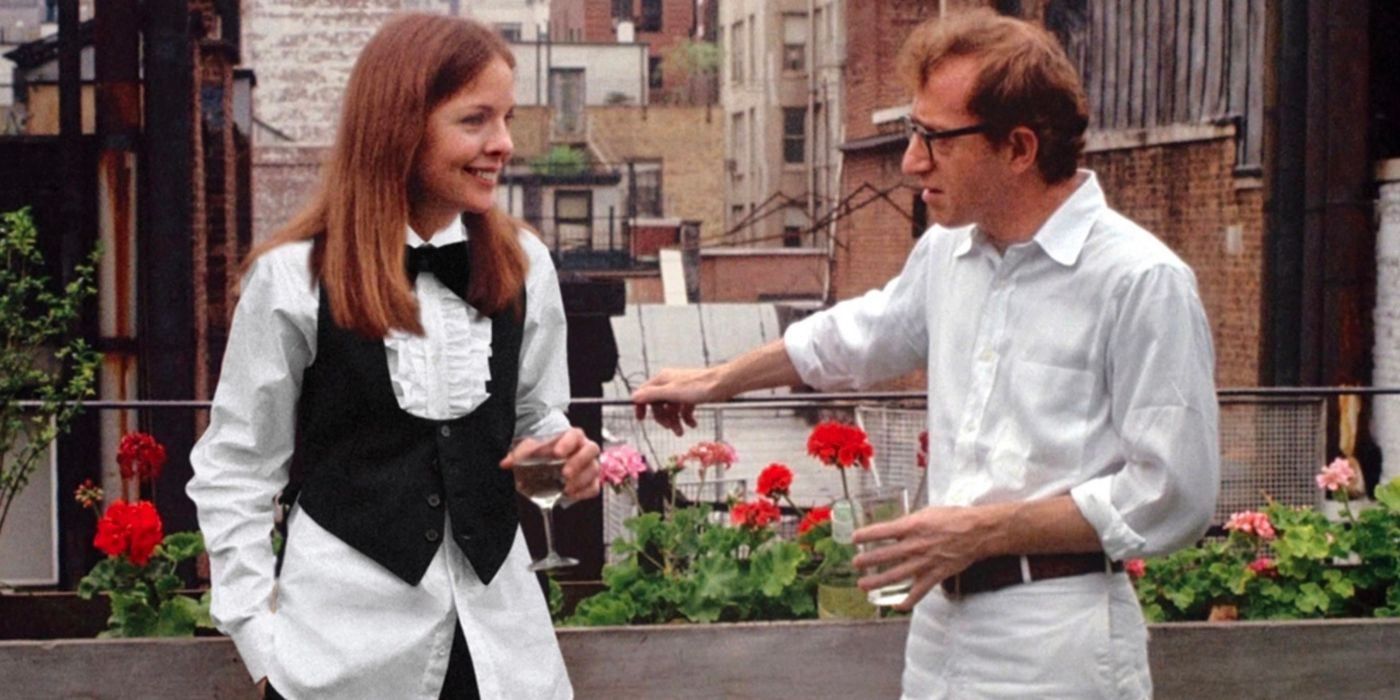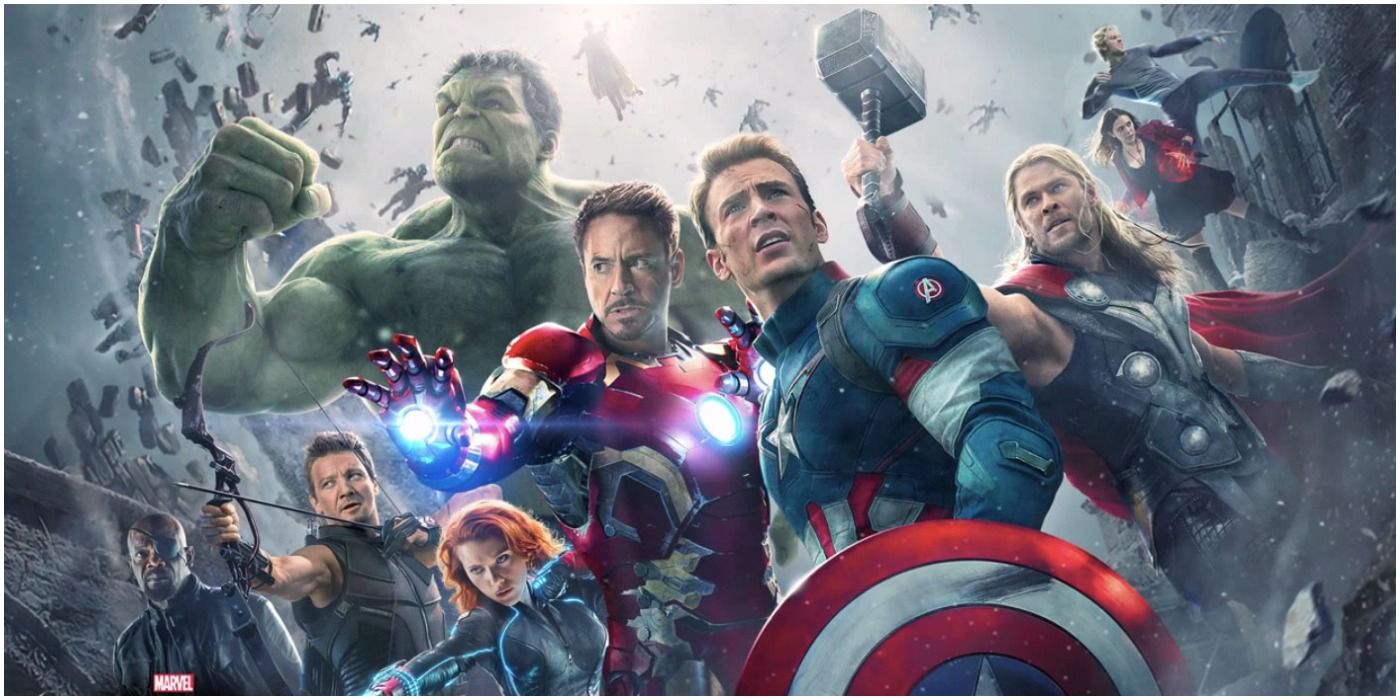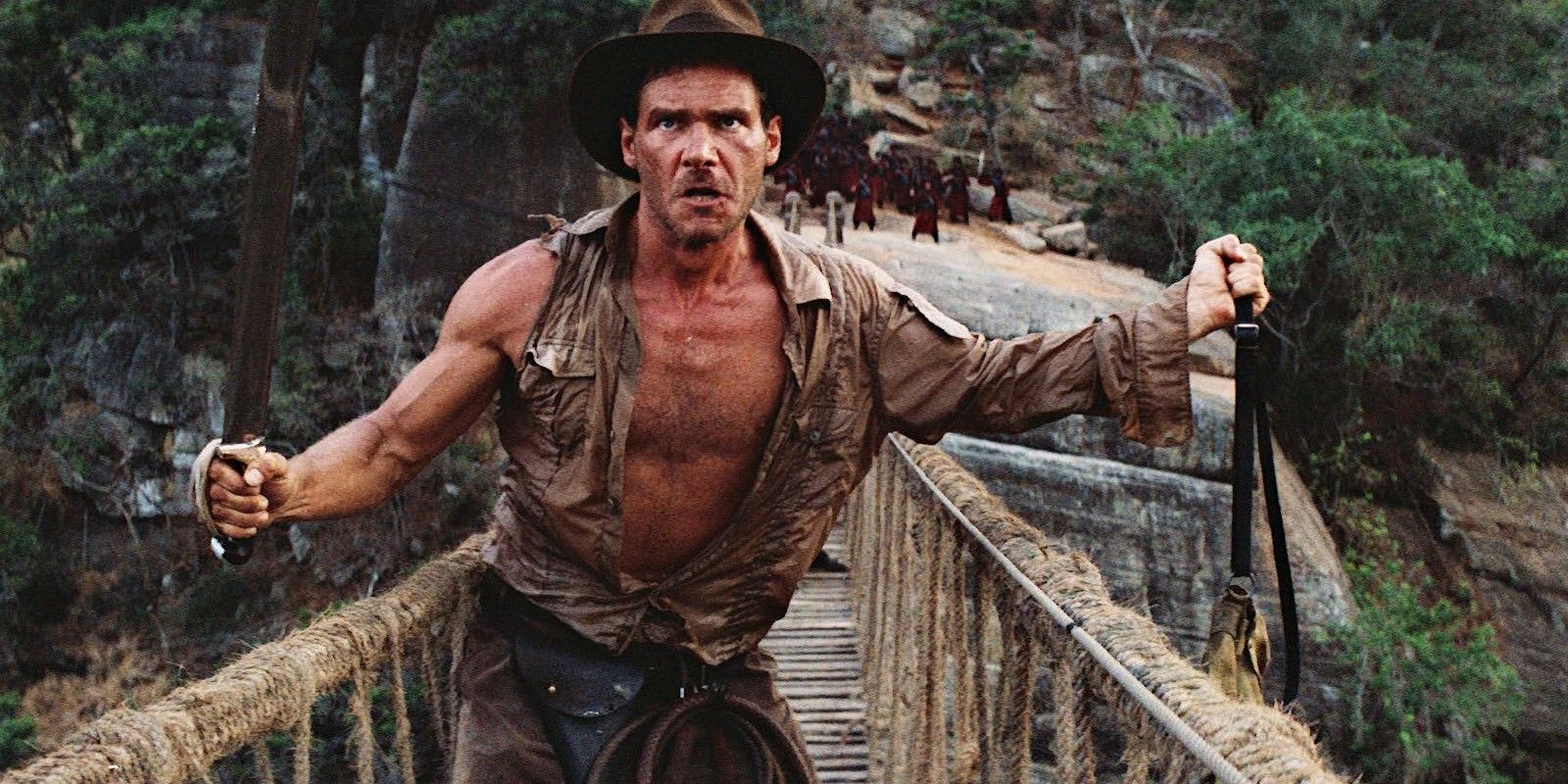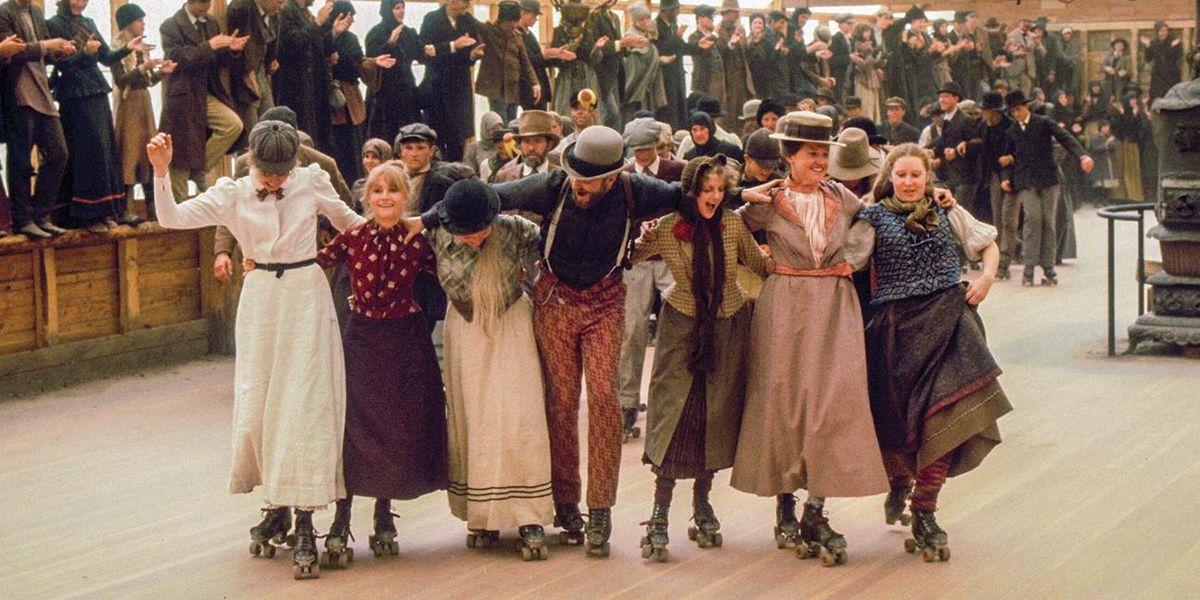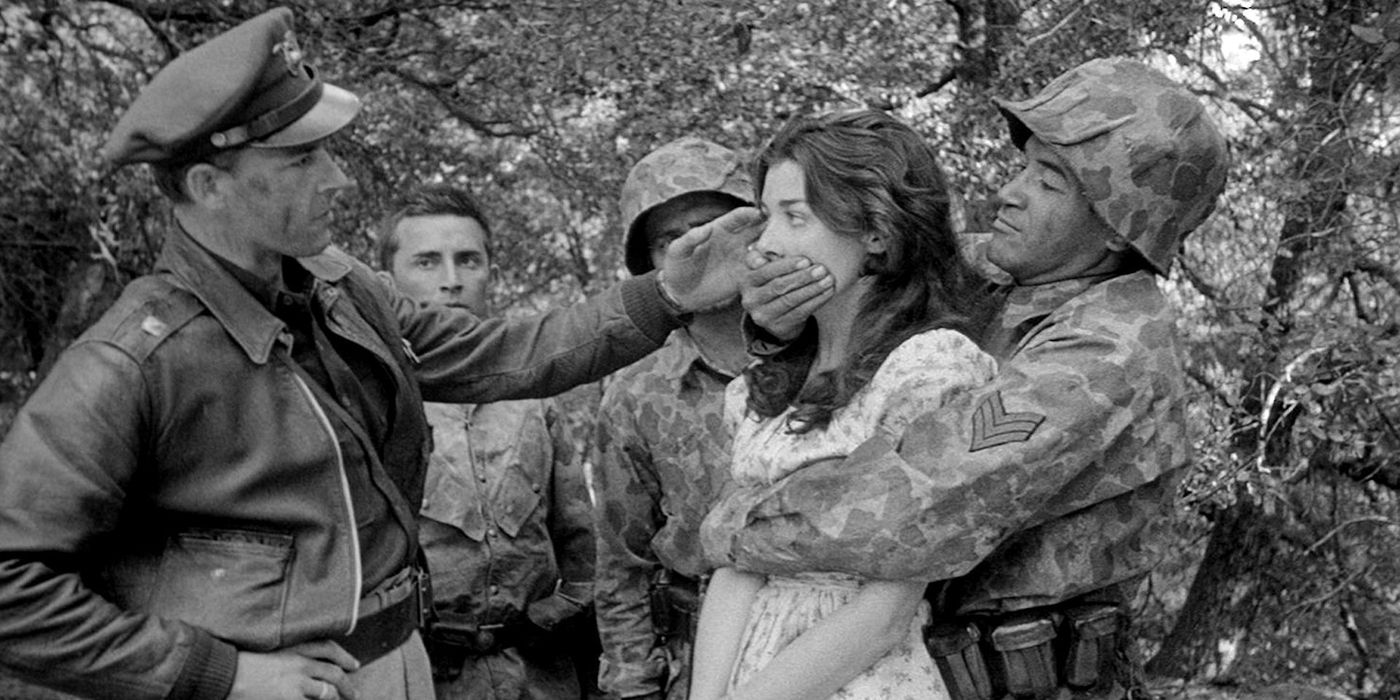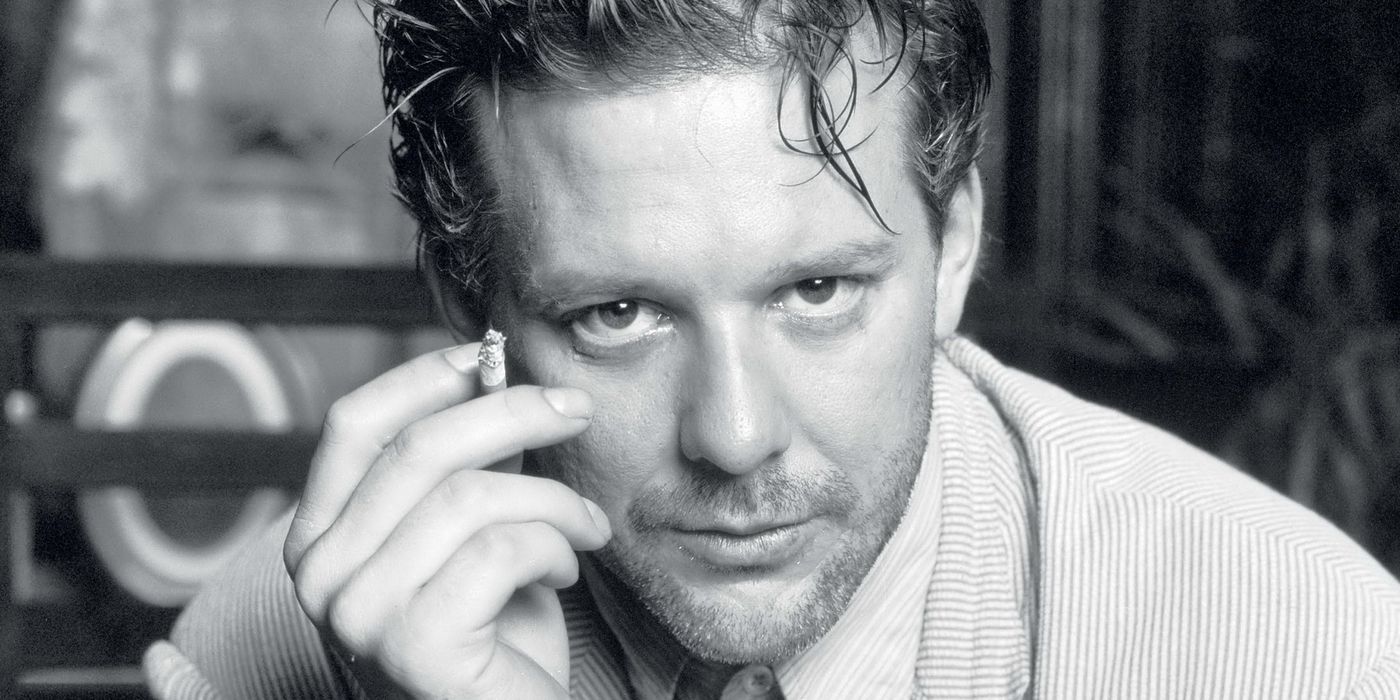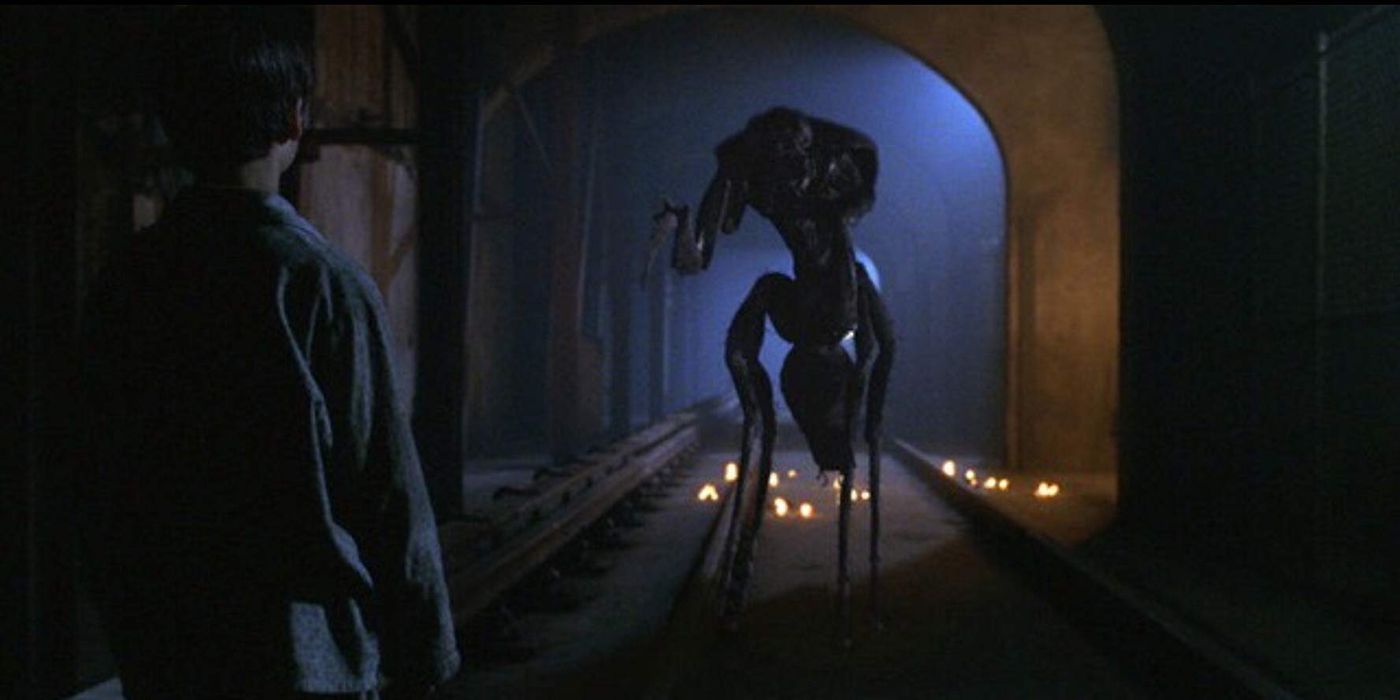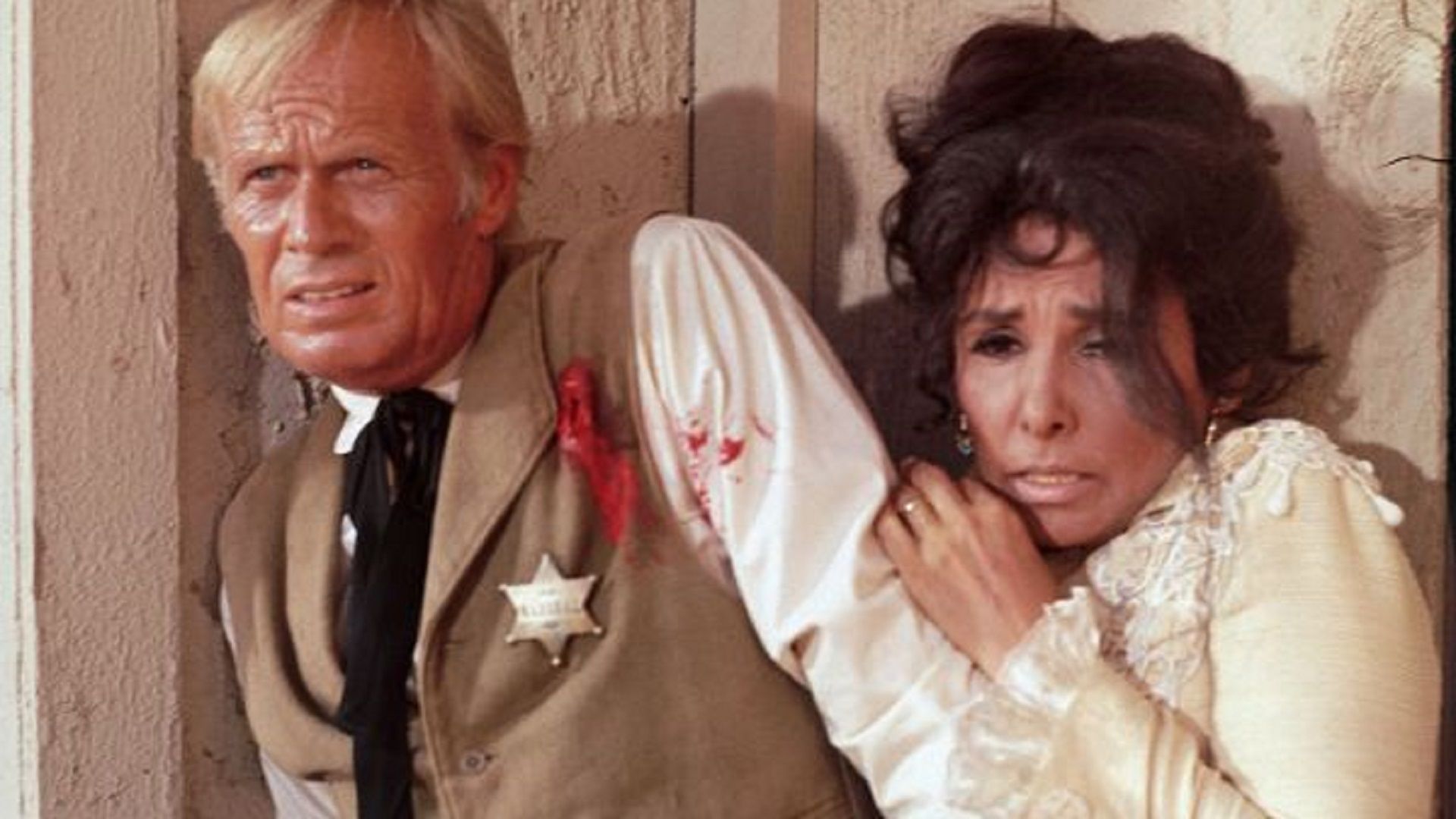To many audiences enjoying a film, it may be inconceivable that the visionaries who create them wouldn’t want their name associated with their work. People believe that Hollywood is all glitz and glamour, and as a director, you get to tell the stories you wish to precisely the way you want to.
But the reality of filmmaking is very different from how we may perceive it from the outside. Whether it’s a lack of autonomy to tell the story they wanted, a demanding cast, or studio executives meddling with their final cut, some directors have disowned films that critics and audiences may love.
10 Tony Kaye Couldn’t Get The Director's Guild To Strike His Name From American History X
Met with critical acclaim and winning multiple awards— from a script penned by David McKenna drawing from his own youth— American History X was director Tony Kaye’s feature film debut. The film deals with complex subjects such as white supremacy and the ease with which young individuals can be brainwashed into hate groups.
Kaye accused Edward Norton of constantly rewriting the script and blamed New Line Cinema for interfering with his creative vision. In a bizarre twist, Kaye brought a rabbi, a priest, and a monk to his negotiations with the studio. Kaye attempted to have his director credit scrubbed and replaced with the name “Humpty Dumpty."
9 Alfred Hitchcock Felt His Experiment Didn’t Pay Off In Rope
Hitchcock’s particular directorial style is the stuff of Hollywood legend. The director wanted to experiment with extended scenes to produce one seemingly uninterrupted sequence of events. Technical limitations meant that only ten minutes of footage could be captured at a time, but careful editing created the appearance of a seamless film.
Production design for the set put the walls of the room on rollers so that they could be moved out of the way for a camera to peer into the scene. These techniques are now commonly used to create camera tracking shots that modern audiences take for granted. Despite its technical achievements and high praise, Hitchcock felt that his experiment didn’t work on screen.
8 Woody Allen Couldn’t Stop Audiences Falling In Love With Annie Hall
Annie Hall is considered by many to be the finest work of embattled writer-director Woody Allen. After its release in 1977, the film became an awards darling, earning Oscars for Best Picture, Best Director, Best Original Screenplay, and a Best Actress award for Diane Keaton’s performance as the titular character.
The film continues to inspire modern romantic comedies, yet according to the director, he is disappointed that the film didn’t turn out the way he had imagined. Allen worked with co-writer Marshall Brickman on the script, which began as a stream of consciousness concept. Once filmed and edited, it turned into a unique and neurotic look at modern relationships.
7 Joss Whedon Has A Love-Hate Relationship With Avengers: Age Of Ultron
While hardly a monumental success as one of the lowest-ranked MCU films to date, Avengers: Age Of Ultron still holds a respectable 76% on Rotten Tomatoes. With the monstrous success of the first Avengers hanging over the sequel, fan expectations were extraordinarily high, and retrospective reviews are kinder than those at release.
Whedon has spoken openly about the difficulties he faced with the parent company Marvel. Once press coverage had wrapped for the film, the director admitted he never wanted to direct a movie of that scale again. Whedon has gone as far as to claim that the experience of making the film nearly killed him.
6 Steven Spielberg Isn’t Proud of Indiana Jones And The Temple Of Doom
The beloved director of cinema classics such as E.T. and Jaws has admitted that he has no love for the second Indiana Jones film. The movie has long been criticized for its portrayal of India and its people as brutal cultists who eat monkey brains and sacrifice foreign visitors. Similarly, the film has been slammed for its depiction of China and its people.
However, Spielberg dislikes the film because he feels it is, literally and figuratively, too dark. Large portions of the film occur at night and even underground. While the director had initially conceived of this visual style, he has admitted in interviews that he disliked the result. Further, the film’s violence led to the MPAA adding an intermediary step between PG and R to classify such films.
5 Michael Cimino Didn’t Even Like Movies, But Directed Heaven’s Gate
Younger audiences may never have heard of Michael Cimino, the Award-winning director of 1978’s anti-war film The Deer Hunter. Two years later, Cimino would direct what many consider to be the greatest disaster in film production history. By his own admission, Cimino was a failed architect who stumbled into the movie industry not knowing how to make a film.
The first cut of the film ran for a reported five hours and twenty-five minutes. When it eventually reached theatres, the movie weighed in at a still-hefty three hours and thirty-nine minutes. Heaven’s Gate continues to divide opinions over forty years later, though modern assessments consider it an underappreciated masterpiece. In fact, among the film’s fans is Martin Scorsese.
4 Stanley Kubrick Tried To Buy Up All The Prints Of Fear And Desire
One of the most revered directors to ever grace Hollywood, Stanley Kubrick is notorious for his mind-bending and visionary work. However, long before this acclaim, the director helmed a project called Fear and Desire. The film bombed at the box office upon release, but critical reception has been largely positive.
The film’s failure meant that Kubrick had to take a for-hire job to fund his next project. According to legend, the director was so disappointed with the film that he bought up and destroyed every print he could find. As such, Fear and Desire seemed to simply vanish, with only a few prints in private collections still being discovered and remastered.
3 Jud Taylor Failed To Make A Statement With City In Fear
Inspired by Son of Sam, the real-life serial killer who terrorized New York in the late-'70s, City In Fear tried to explore the relationship between sensationalist media and its obsession with engaging with serial killers to sell papers. Mickey Rourke appeared in the movie as the menacing, point-blank shooter, Tony Pate.
The author of the novel based on this idea was hired to rewrite the script and bring it closer in line with her book, only to have her work rewritten still. Taylor’s goal of making a statement about the dangers of fearmongering news outlets was lost on the producers who, after filming had wrapped, filmed four additional shootings to add to the final cut.
2 Guillermo Del Toro Disapproved Of The Theatrical Release Of Mimic
The visionary director of such highly praised films as Pan’s Labyrinth and The Shape of Water had a difficult transition into the Hollywood studio system with 1997’s The Mimic. Numerous sources have come forward regarding the troubled production, which saw del Toro fighting to preserve his vision for the film. In contrast, producer Harvey Weinstein fought to make the movie scarier.
On-set altercations finally abated, and del Toro was allowed to complete filming but was denied the right to edit a final cut. Many years later, the director was allowed to craft a director’s cut, though he still feels that the film is not quite what he had envisioned.
1 Robert Totten Invented The Alan Smithee Pseudonym For Death Of A Gunfighter
The "Alan Smithee" moniker has been used by many directors of films they no longer wanted to be associated with. During the filming of Death Of A Gunfighter, the film’s star, Richard Widmark, clashed with director Robert Totten. To appease the star, Totten was replaced with director Don Siegel. However, Siegel did not want to replace Totten’s name.
With neither director wanting to have their name on the film, an agreement was made with the Directors Guild of America to use the pseudonym, Alan Smithee. Despite the switch in directors and neither name appearing on the film, it received critical acclaim.

